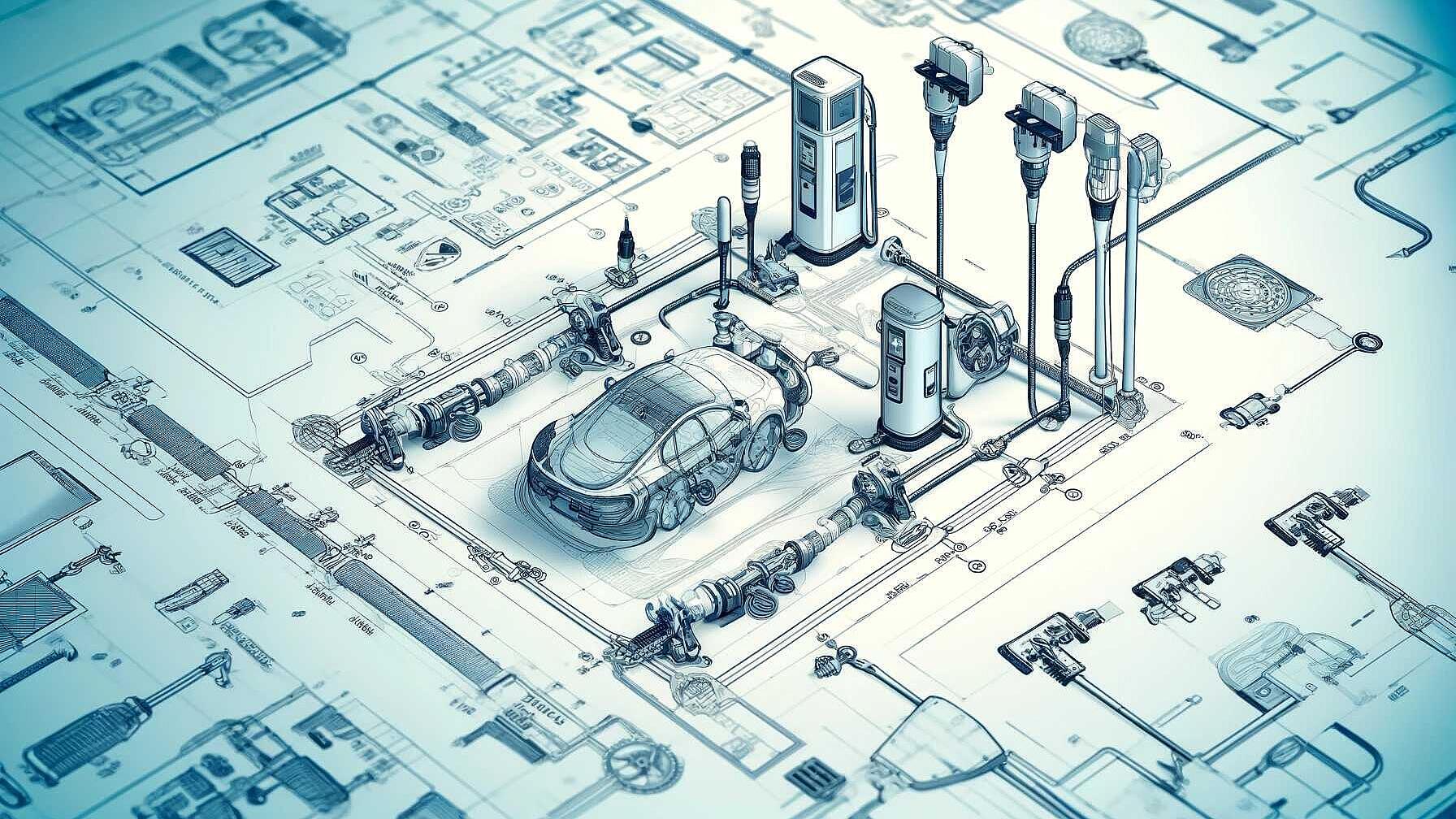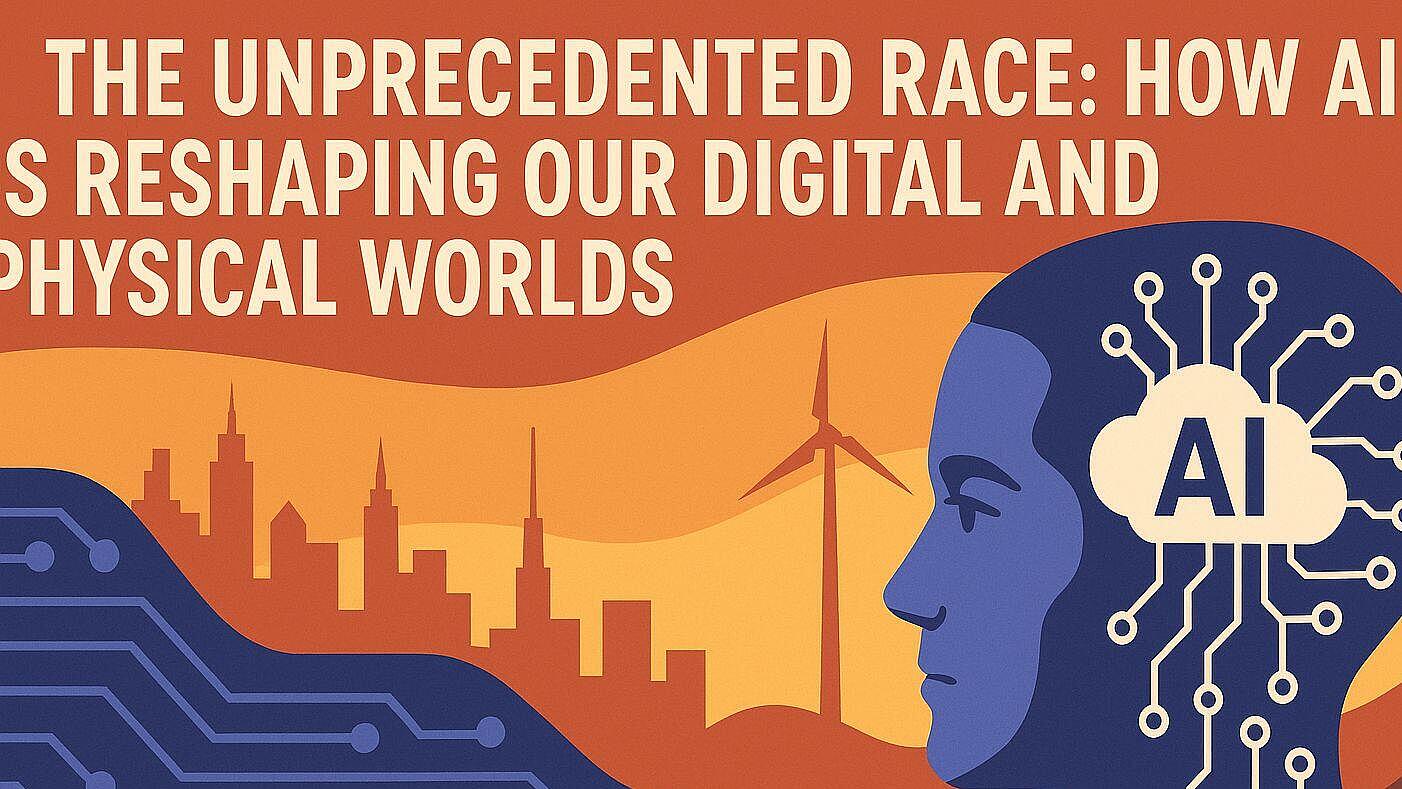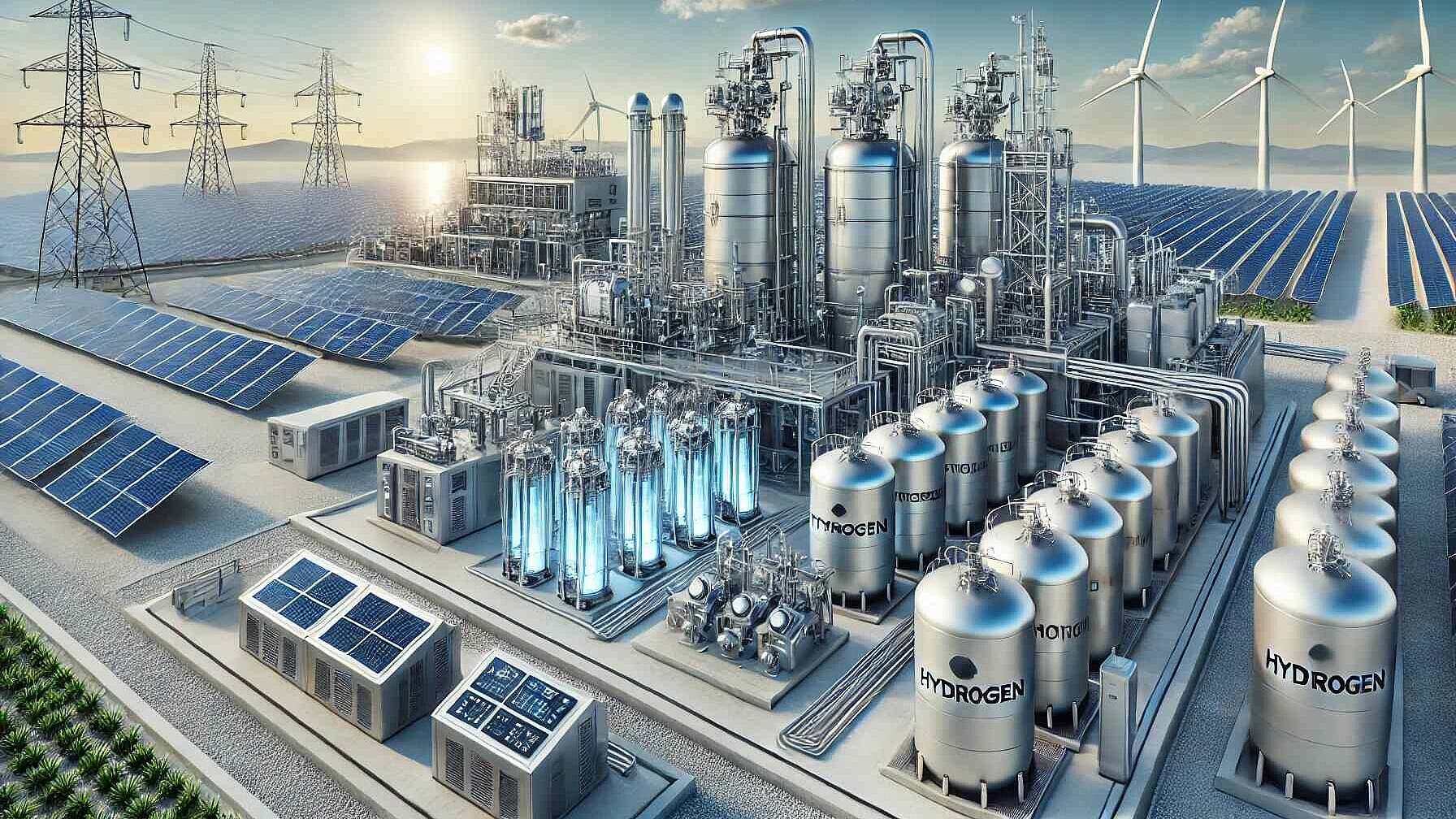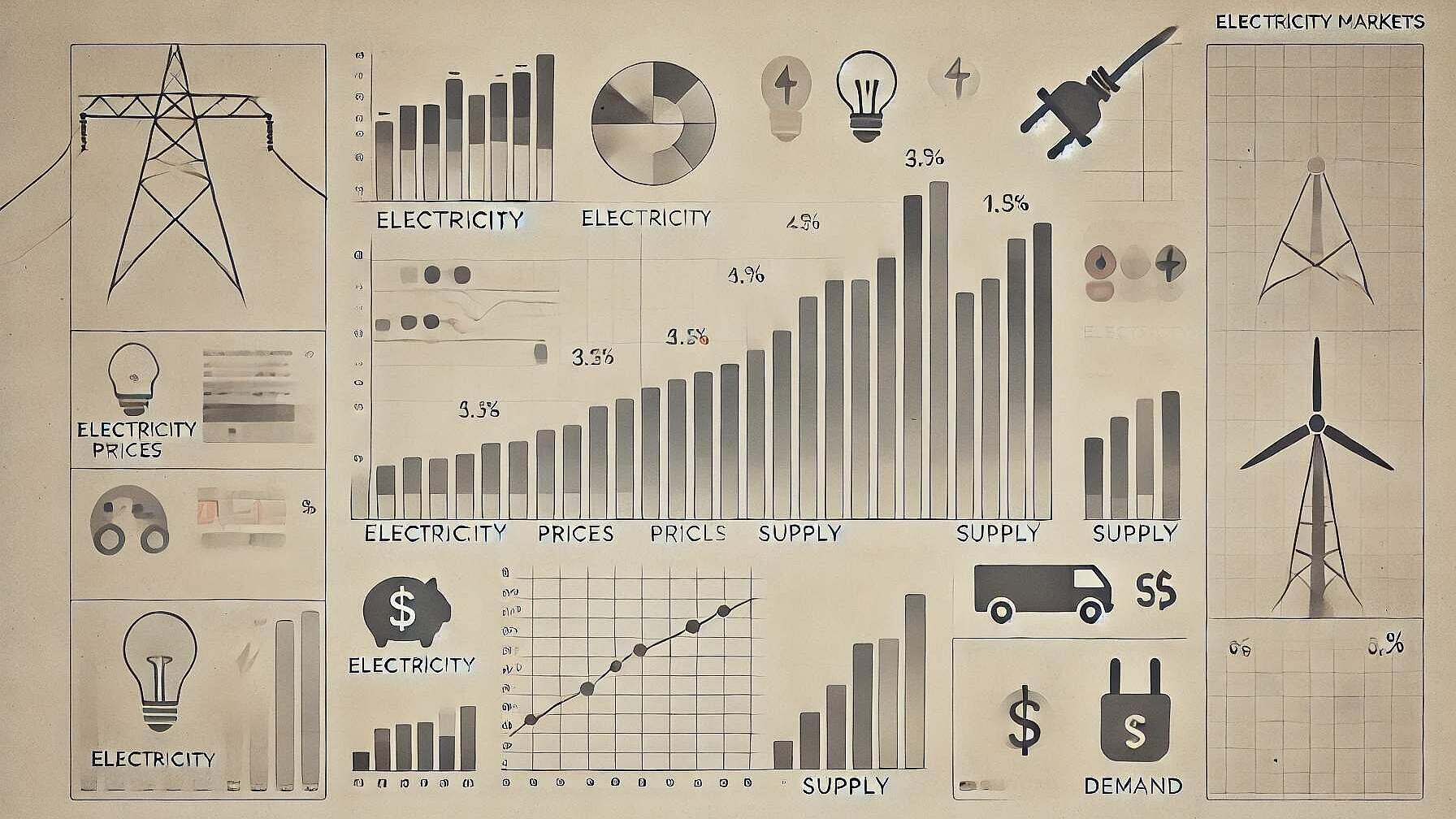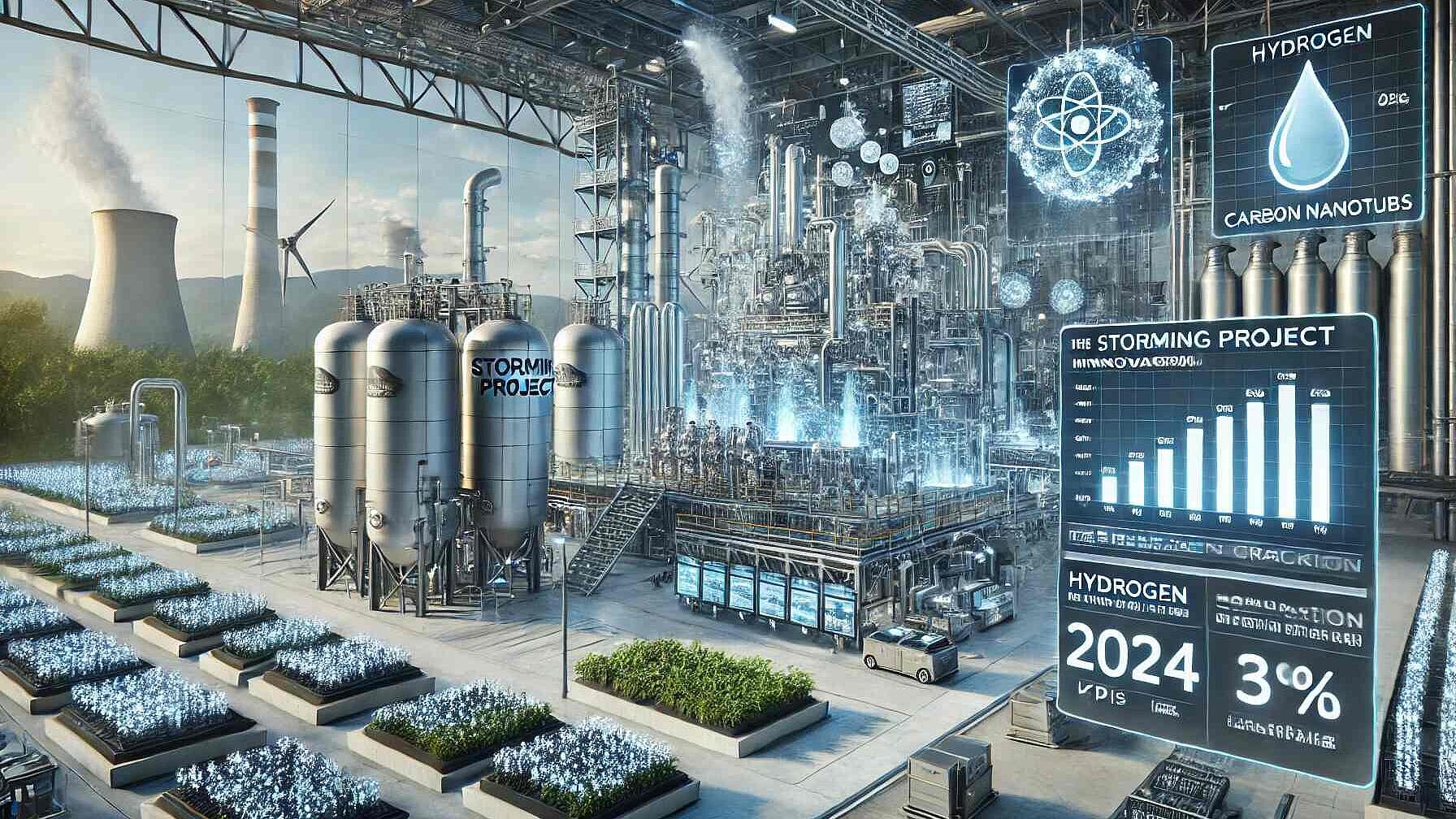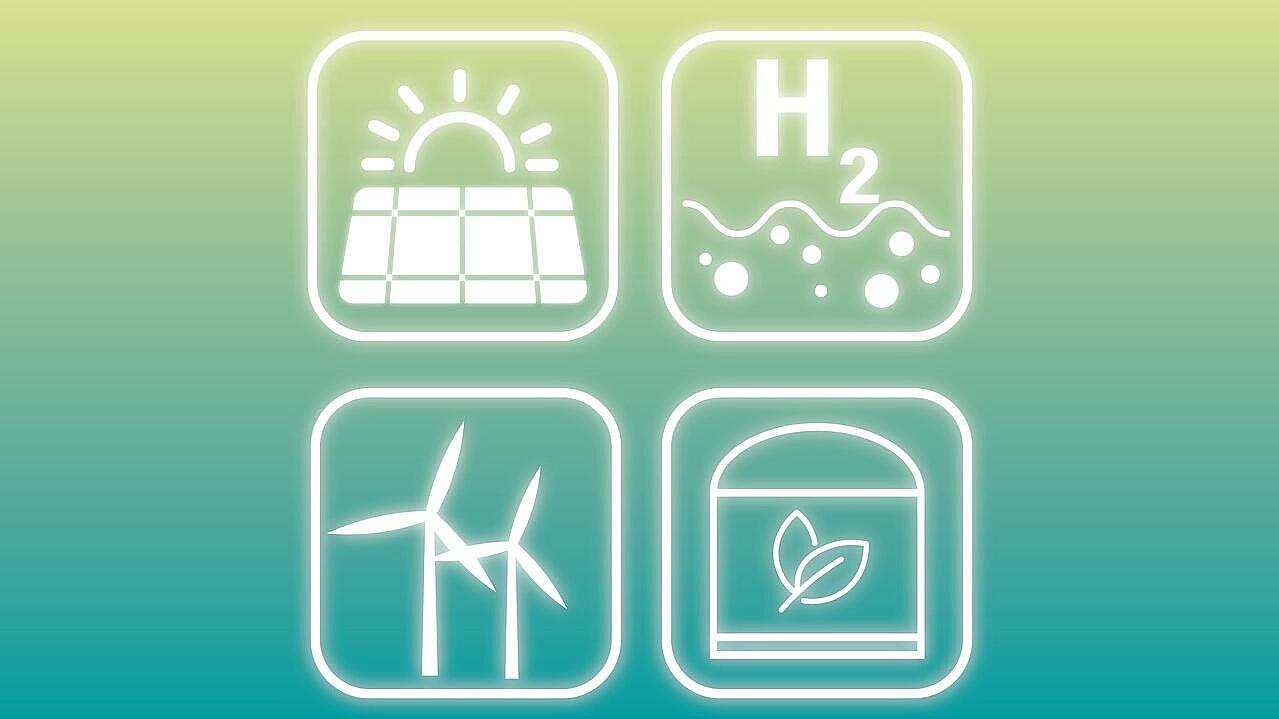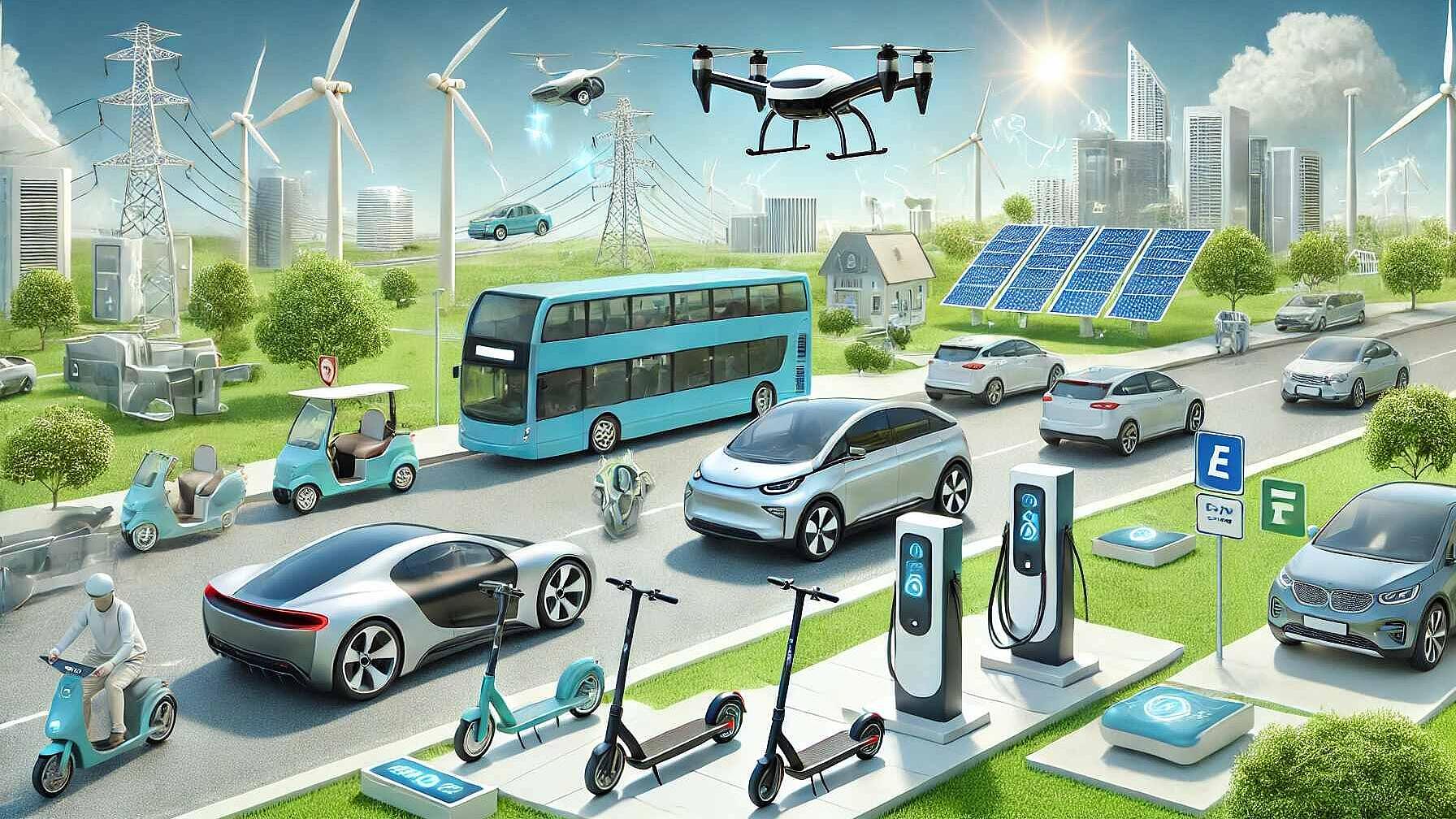 Energy Infrastructure
Energy InfrastructureEnergy Infrastructure
Transforming the Grid: Electric Vehicles as Key Players in the Energy Landscape
The "Solution Booklet: Electric Vehicles and the Grid," acknowledges the growth of electric vehicles (EVs) in Europe, reaching around 4.7 million by 2023, and the corresponding need for comprehensive charging infrastructure development. EVs offer uni-directional (V1G) and bi-directional (V2G) charging, the latter of which can aid in grid optimization. Cities are pivotal in integrating EV infrastructure, necessitating multi-step strategies that analyze current contexts, forecast future needs, and create tailored action plans. Technical requirements for EV infrastructure include AC to DC conversion adapters for charging, with more complex systems for fast and V2G chargers to allow bi-directional energy flow. Societal adoption hinges on overcoming misinformation, maintaining user control over charging patterns, and addressing range anxiety through reliable infrastructure and clear communication. Pilot projects, such as the OVO Energy V2G trial in the UK and Amsterdam's smart charging, illustrate the benefits of V2G for grid management and user financial incentives. Policy support and standardization are provided by initiatives like the European Commission's Sustainable Transport Forum and the EU Urban Mobility Observatory, focusing on interoperable infrastructure and facilitating EV integration. Local and national initiatives support EV deployment, and evolving business models emphasize economic viability through dynamic tariffs and local flexibility markets. The Parker project in Denmark showcases the economic benefits of V2G for aggregators and fleet operators. Overall, the booklet emphasizes the transformative role of EV integration into the grid, advocating for strategic urban planning, robust charging infrastructure, policy support, and business innovation to secure a more sustainable energy future.
Read Full articleThe Unprecedented Race: How AI is Reshaping Our Digital and Physical Worlds
By 2030, AI will necessitate a $7 trillion investment in data centers, driven by widespread AI adoption and geopolitical priorities. The demand for specialized compute hardware and energy-intensive AI workloads is creating significant power and supply chain challenges, emphasizing the need for efficiency, renewable energy, and advanced demand forecasting.
Read Full articlePowering the Future: A Comprehensive Look at Hydrogen Production Methods
The paper provides an analysis of 19 hydrogen production methods, focusing on efficiency, cost, and environmental sustainability. It identifies the efficiency of fossil fuel reforming and the high environmental impact of non-renewable sources. Renewable methods are more sustainable but less developed. Hybrid approaches offer balanced results while further innovation is needed for truly sustainable hydrogen production.
Read Full articleTransforming Europe's Energy Grids for a Sustainable Future
The paper discusses Europe's transition to an interconnected, renewable-focused energy grid, emphasizing the need for smart grids, AI, flexibility markets, advanced data exchange, and interoperability. These elements are crucial for balancing supply and demand, enhancing grid efficiency, and achieving sustainability and decarbonization goals, all while facing challenges in technology, investment, and stakeholder collaboration.
Read Full articleThe Intersection of Energy and AI: Insights from the IEA Global Conference
The IEA's Global Conference on Energy and AI highlighted the reciprocal relationship between both fields, focusing on AI's role in optimizing energy use and enhancing renewable energy adoption, while also acknowledging AI's growing energy demands. Key discussions addressed electricity consumption by data centers, advancements in battery tech, smart grid optimization, predictive capabilities for natural disasters, and international perspectives from companies and governments on AI-driven energy strategies. The IEA stressed its commitment to providing actionable data and fostering stakeholder dialogue to align AI with energy system realities, and announced a comprehensive energy-AI report for 2025.
Read Full articlePowering Ahead: The Global Electricity Landscape Through 2026
Global electricity demand is projected to increase, led by China and India, with renewables and nuclear supplying all growth through 2026, indicating a shift towards low-emission sources, reducing CO2 intensity, and highlighting regional disparities in access and consumption trends.
Read Full articleIntegrating Innovation: The Role of STORMING Project in Aligning with the Hydrogen Pathways Report 2024
The STORMING project innovates in methane cracking for CO₂-free hydrogen and carbon nanotubes production, aligning with Hydrogen Europe's pathways for a sustainable energy transition and offering economic and environmental benefits. Challenges remain in scaling and integration into industries.
Read Full articleSpace-Based Solar Energy: Harnessing the Sun's Power from Orbit
Space-based solar energy (SBSE) overcomes terrestrial solar power limitations, offering continuous, efficient energy. Despite high costs and ecological concerns, advances in technology and interest from ESA and CALTECH's SSPD indicate its promising potential for sustainable energy.
Read Full articleWhat is green hydrogen?
Hydrogen is emerging as a potential solution for combating climate change. But there is a need to differentiate between green hydrogen—produced renewably, essential for certain industries—and less sustainable forms like grey, black, and blue hydrogen, which have significant carbon footprints. Pink hydrogen, though less harmful, presents nuclear waste challenges.
Read Full articleOverview of main actors in the e-mobility ecosystem
The paper addresses the EU's transition to electric vehicles (EVs) as key in decarbonizing transport sector emissions, crucial to achieving 2040 climate targets. The EV ecosystem involves various stakeholders, including OEMs, CPOs, and DSOs, working together towards electrification. Policies like RED, AFIR, EPBD, and the Sustainable Battery Regulation support this shift, while investment in EV infrastructure is projected to significantly increase. Data sharing is emphasized as essential for ecosystem efficiency.
Read Full article